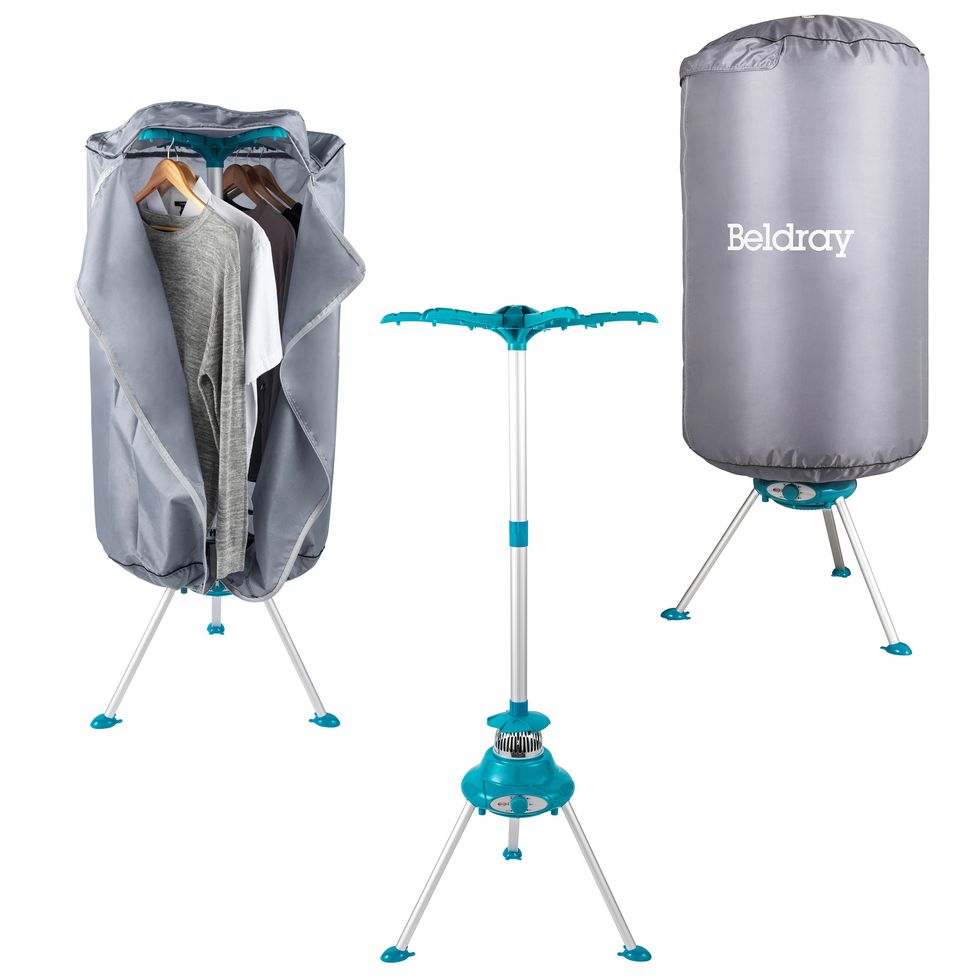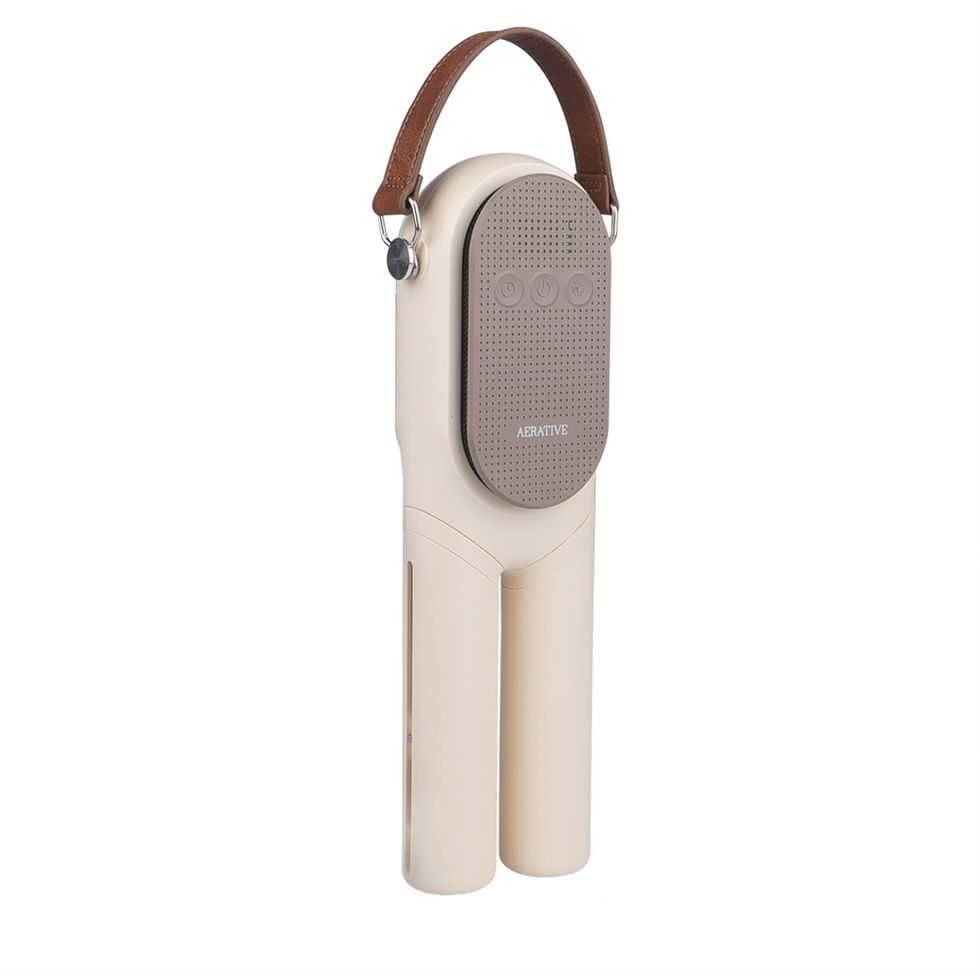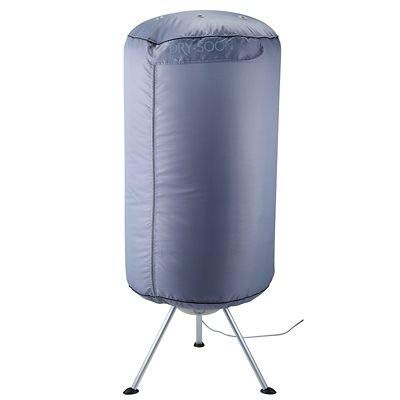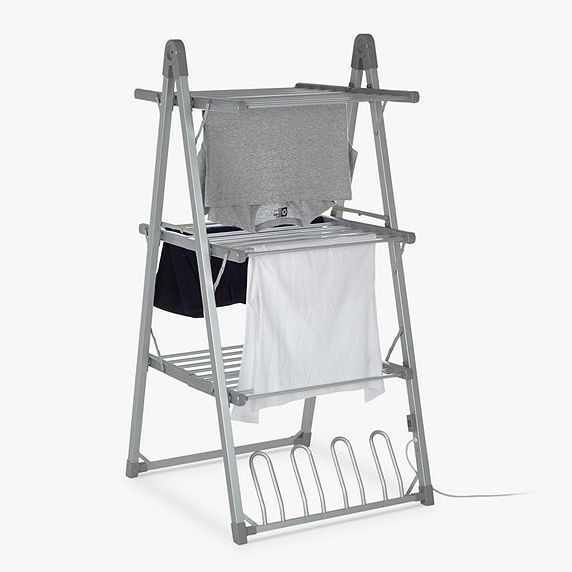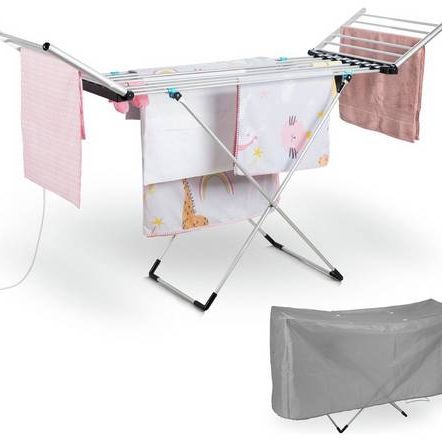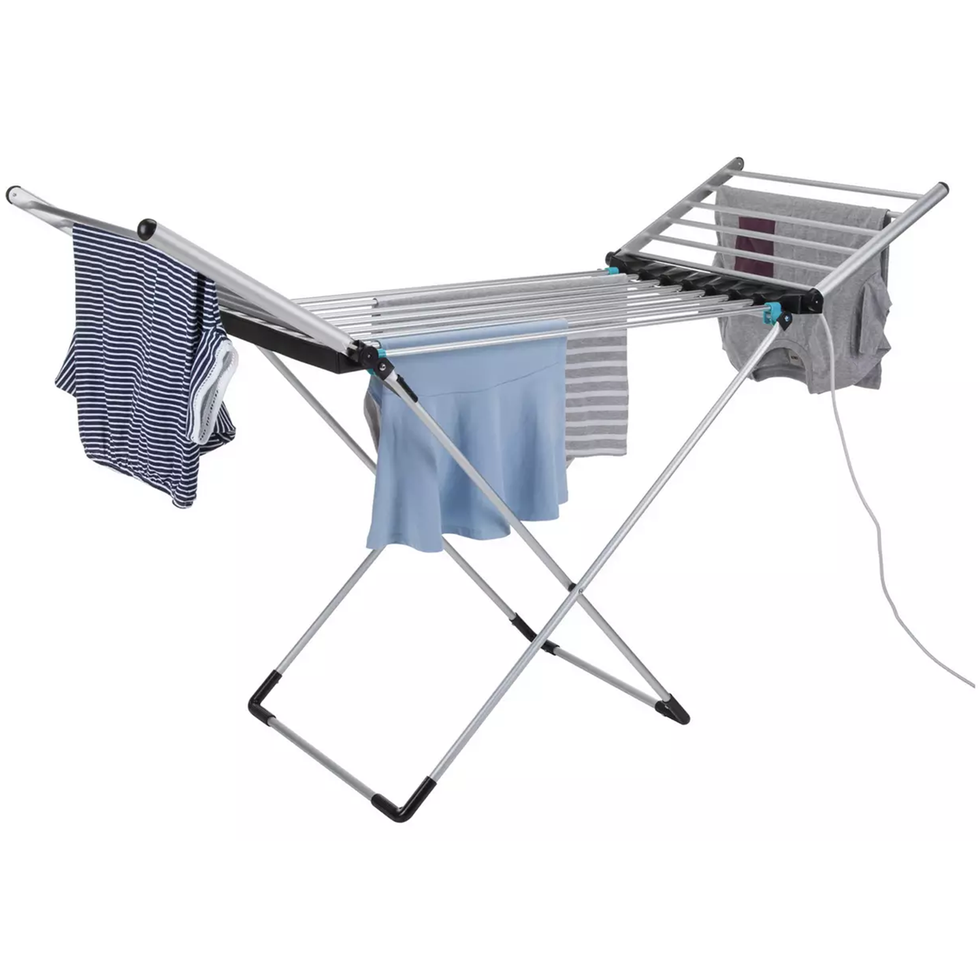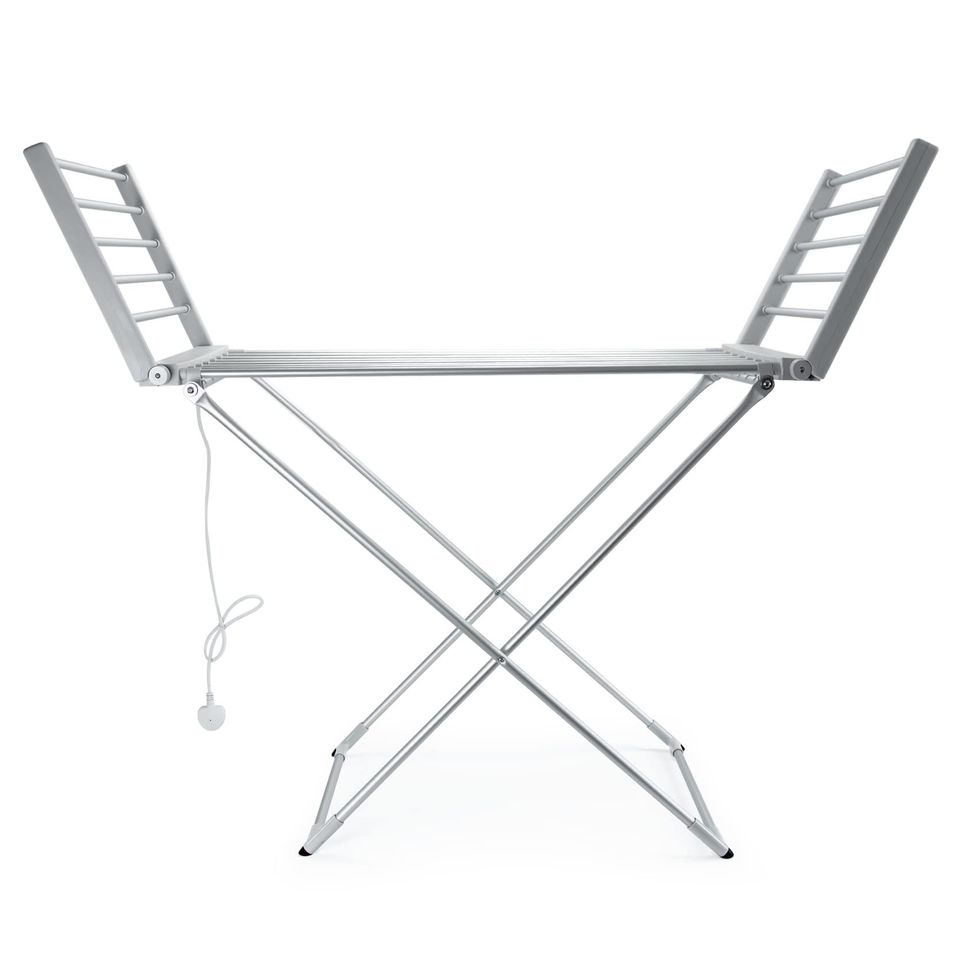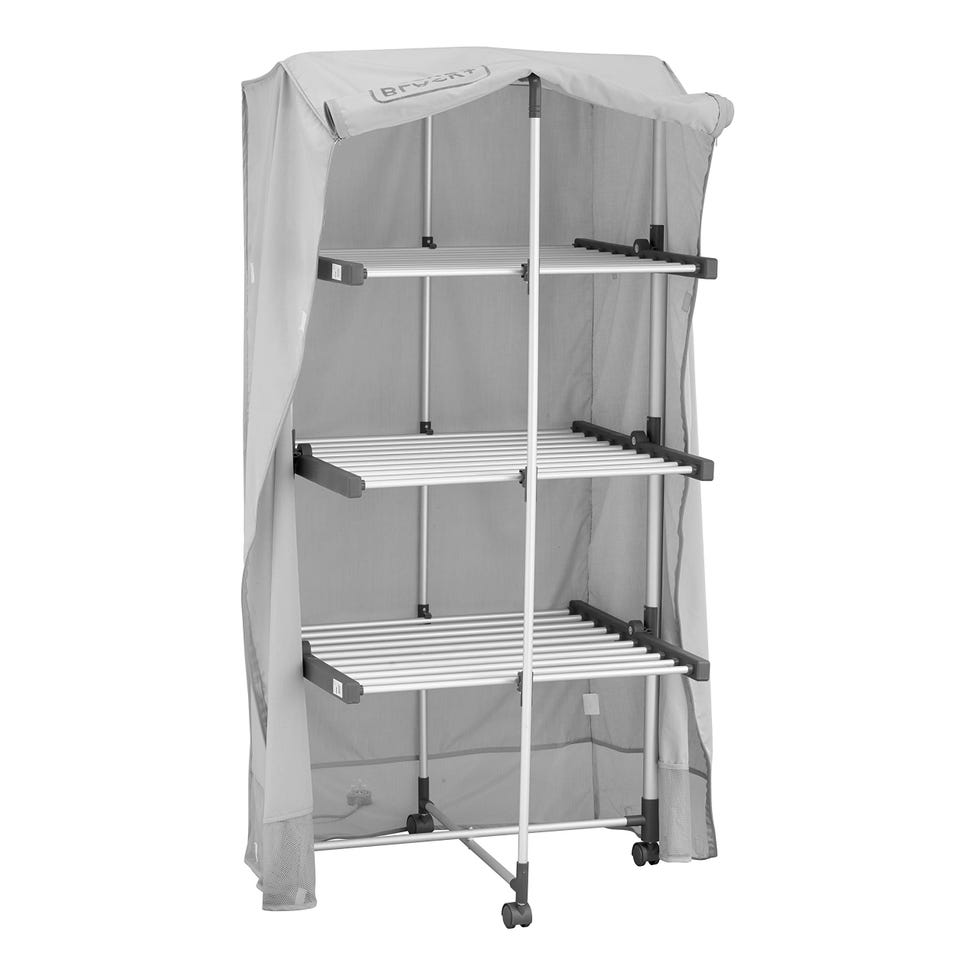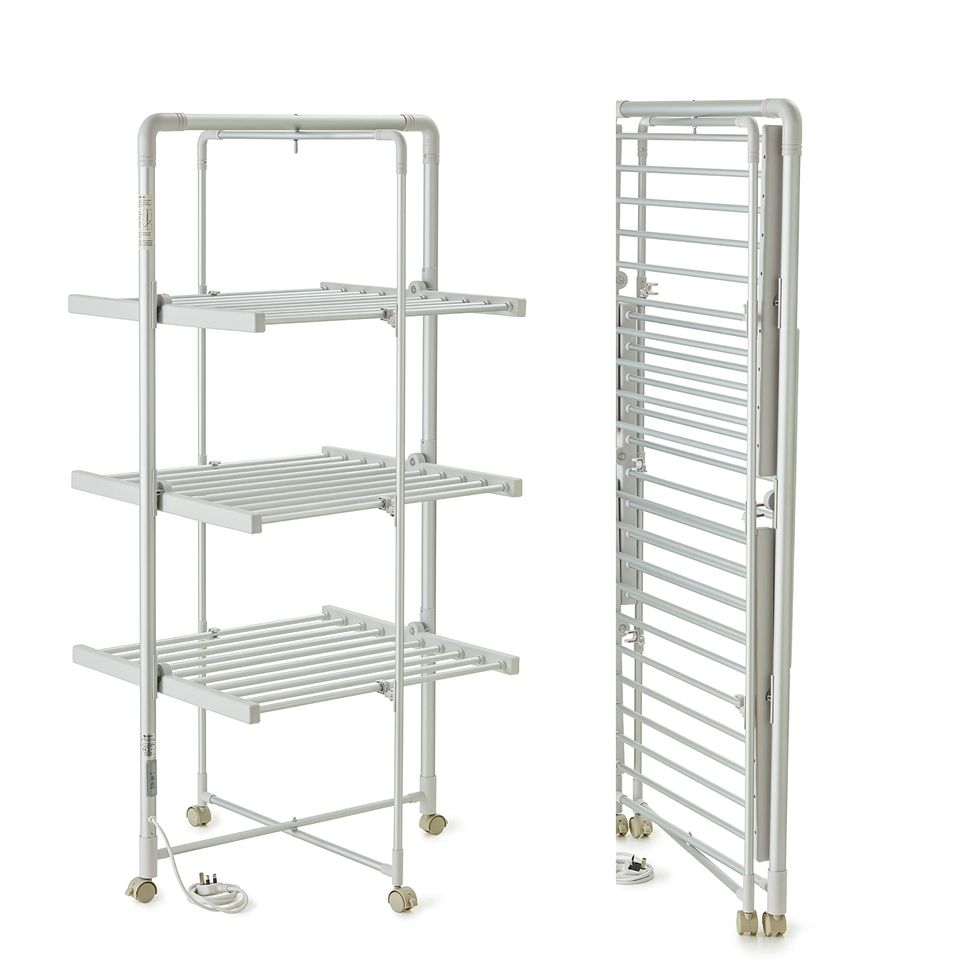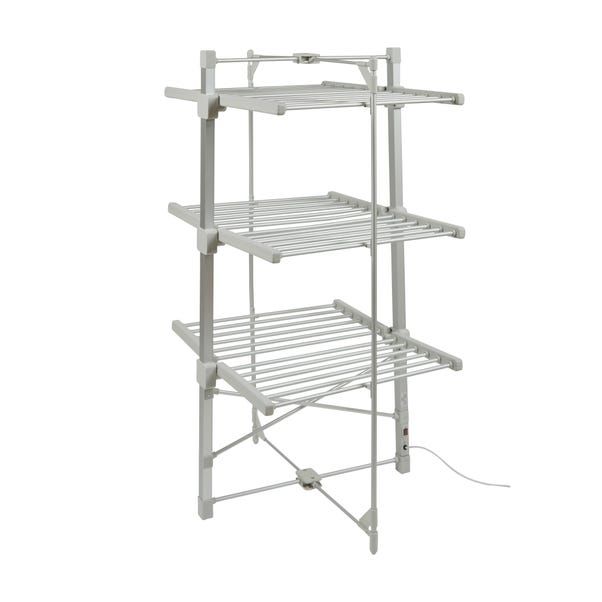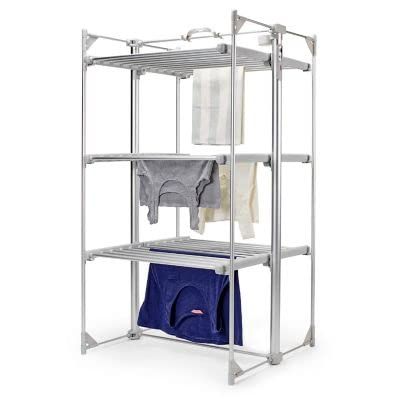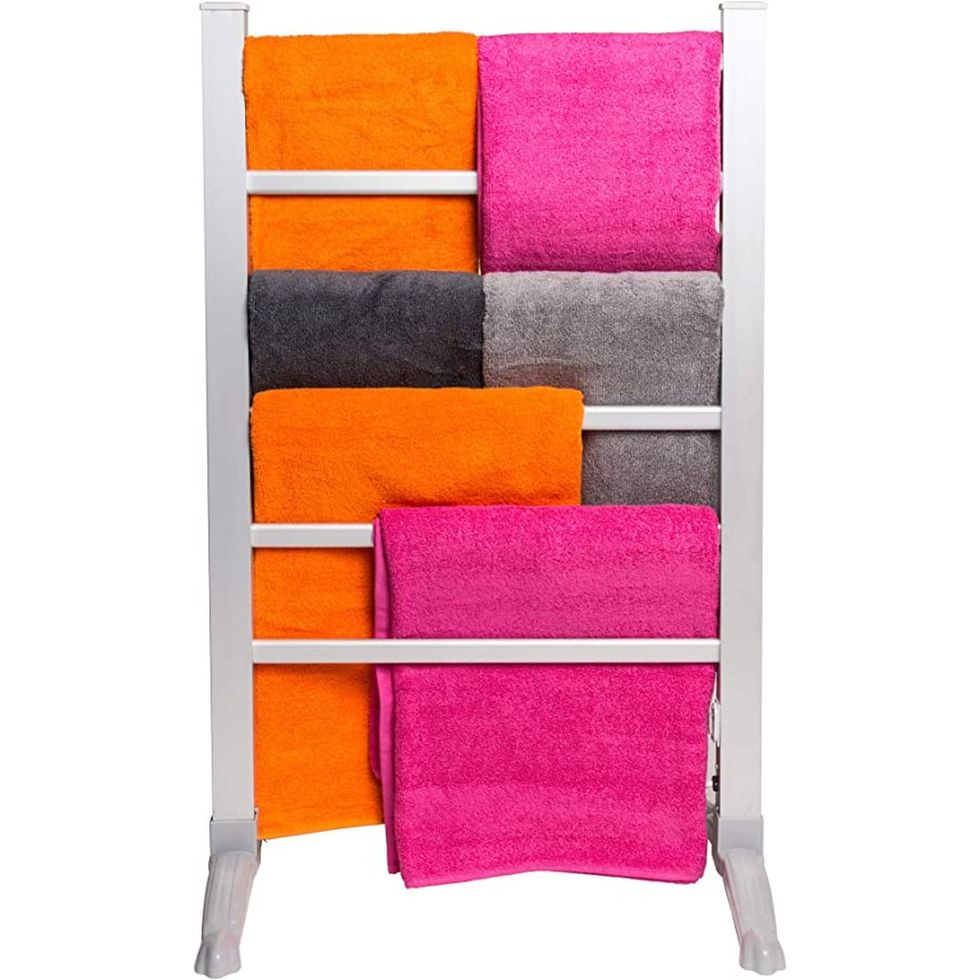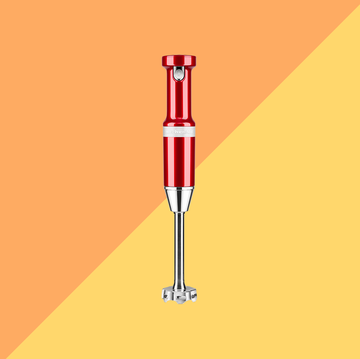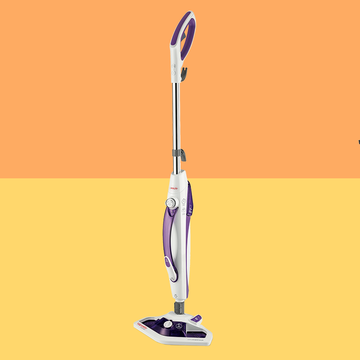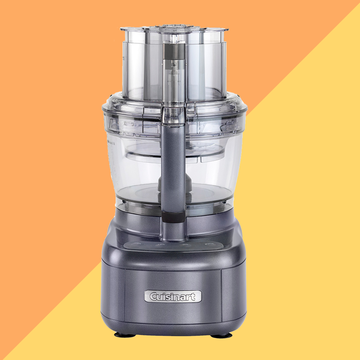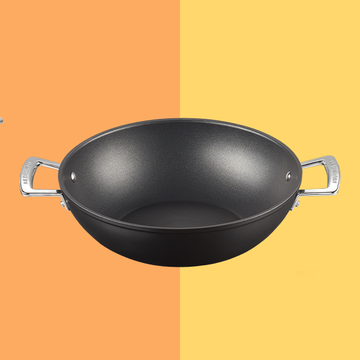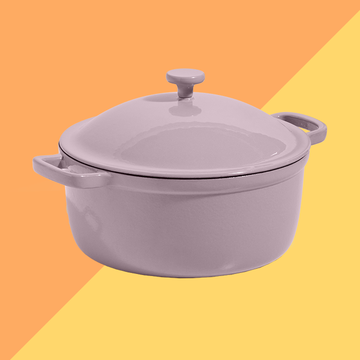We earn a commission for products purchased through some links in this article.
13 best heated clothes airers to save energy and money
Your clothes will be dry before you know it
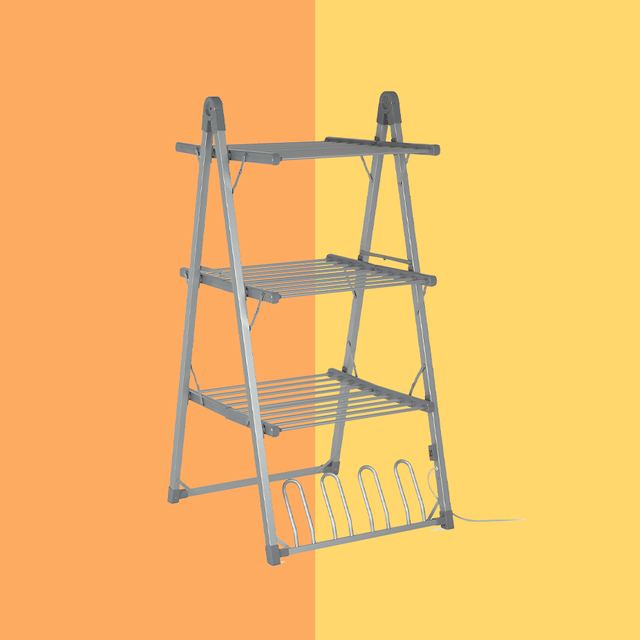
If you’re after a savvy laundry drying solution for those rainy autumn days that can be cheaper to run than a tumble dryer and speedier than air drying, look no further than a heated clothes airer.
They come in all shapes and sizes, and once plugged in, their electric rails heat your washing, so your towels, sheets and clothes will be ready to be put away in no time. Plus, you can bid farewell to that classic musty smell that can come from slow drying.
Our experts at the Good Housekeeping Institute put a range of models to the test, timing how quickly our loads of laundry dried, monitoring exactly how much electricity each airer used, and analysing how easy they were to set up.
Keep scrolling for the low-down on each airer, but if you’re ready to invest, here’s a brief look at our best buys:
How do heated clothes airers work?
Closely resembling traditional clothes horses, heated clothes airers have heating elements within their rails to warm your washing and speed up the drying process.
As with all clothes airers, their size and configuration can vary, but most are simple to set up. The main difference with a heated airer is that you need to plug it in, so it’s worth checking there’s an accessible socket close to where you plan to position yours when in use.
Heat-up times are also worth considering as it can extend the drying time if your airer takes a while to get to temperature. We’ve listed how long each took on test below.
Is it safe to leave a heated airer on?
It’s best not to leave heated airers unattended, and you should always check the manufacturer instructions to ensure you’re using yours safely.
That said, many heated clothes airers have safety mechanisms built in, operating on timers with auto switch-off features. We’ve highlighted these in the key specifications below.
How long do clothes take to dry on a heated clothes airer?
Unsurprisingly, drying times varied from airer to airer. Bedsheets dried more quickly, while drying times for clothes ranged from one and a half hours to four hours and one minute (to be precise!). But this is still notably quicker than a traditional airer – for reference, our experts tested these dryers in summer and found a well-spun load of clothes on an unheated clothes airer took six and a half hours to dry.
Note that it’s important not to over-dry your laundry either as this can leave fabrics feeling crispy – especially with items such as towels. This is another reason why timers can come in handy.
If you want to know how to get the most out of a heated clothes airer, read our household advice editor's dos and don'ts.
How much do heated clothes airers cost to run?
We found there wasn’t a lot of difference between the heated airers when it came to their energy consumption, with the models we tested using between 0.09 kilowatt hours (kWh) and 1.37 kWh – that’s between two and 34 pence of electricity an hour.
The longer they take to dry items, the more they’ll ultimately end up costing, but even if you just use them to start the drying process, they should make a noticeable difference to your laundry pile.
We’ve listed the cost for each below (based on the 24.86p/kWh energy price cap).
Hannah is our homes editor, specialising in reviewing the latest kitchen appliances, cleaning products, mattresses and bedding, and crafting equipment. Hannah has written about hundreds of products, from air fryers to smoothie makers to pillows, and is committed to finding the most reliable and best value for money buys.
Hannah is also interested in sustainability in the home and has completed a course with the University of the Arts London in sustainable textiles, so she can help cut through the noise on what’s green and what’s not. Hannah has an MA in Magazine Journalism and has previously worked as a freelance lifestyle and women’s sports journalist, working for Stylist, Sky Sports and more.
Hannah has also previously worked in a florist and can normally be found caring for her house plants or sewing something new for her home or wardrobe.
Megan is the Good Housekeeping Institute’s homes writer. She loves diving into the latest product releases to find the very best buys on the market. When she’s not writing about the newest gadgets and gizmos for your home and garden, you’ll find her cooking, running and exploring London’s foodie hotspots – or trying to make friends with every dog she passes. Megan has an MA in Magazine Journalism and has previously written for Stylist, Glamour, TimeOut, SquareMeal, and YOU magazine. You can find Megan on Instagram @meganlouisegeall and on X @megan_geall
Blossom is passionate about finding the best home products and appliances for GH readers. As head of the homes testing team, she has led reviews across multiple categories, from pizza ovens, and smart plugs to portable fans and hobs. She enjoys delving into the intricacies of products and refining testing protocols to ensure we’re testing them against their claims. Her aim is to find the top-performing products on the market, to help take the hard work out of housework. Blossom’s most notable accomplishment in the lab has been toasting 528 slices of bread in her quest to find the best toasters money can buy. In her free time, she openly admits to being a music geek and indulges her creative side through crocheting, baking, singing and writing.

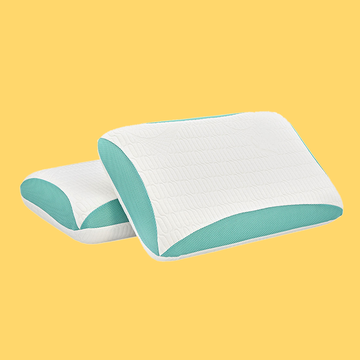
The best pillows for every sleep style

12 best air purifiers for a cleaner home
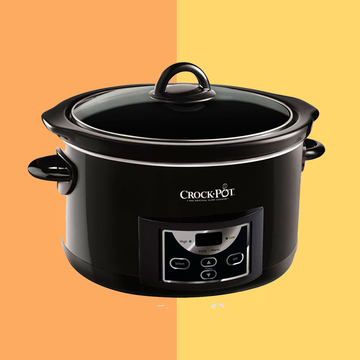
13 best slow cookers, tried and tested

The best letterbox flower delivery services
